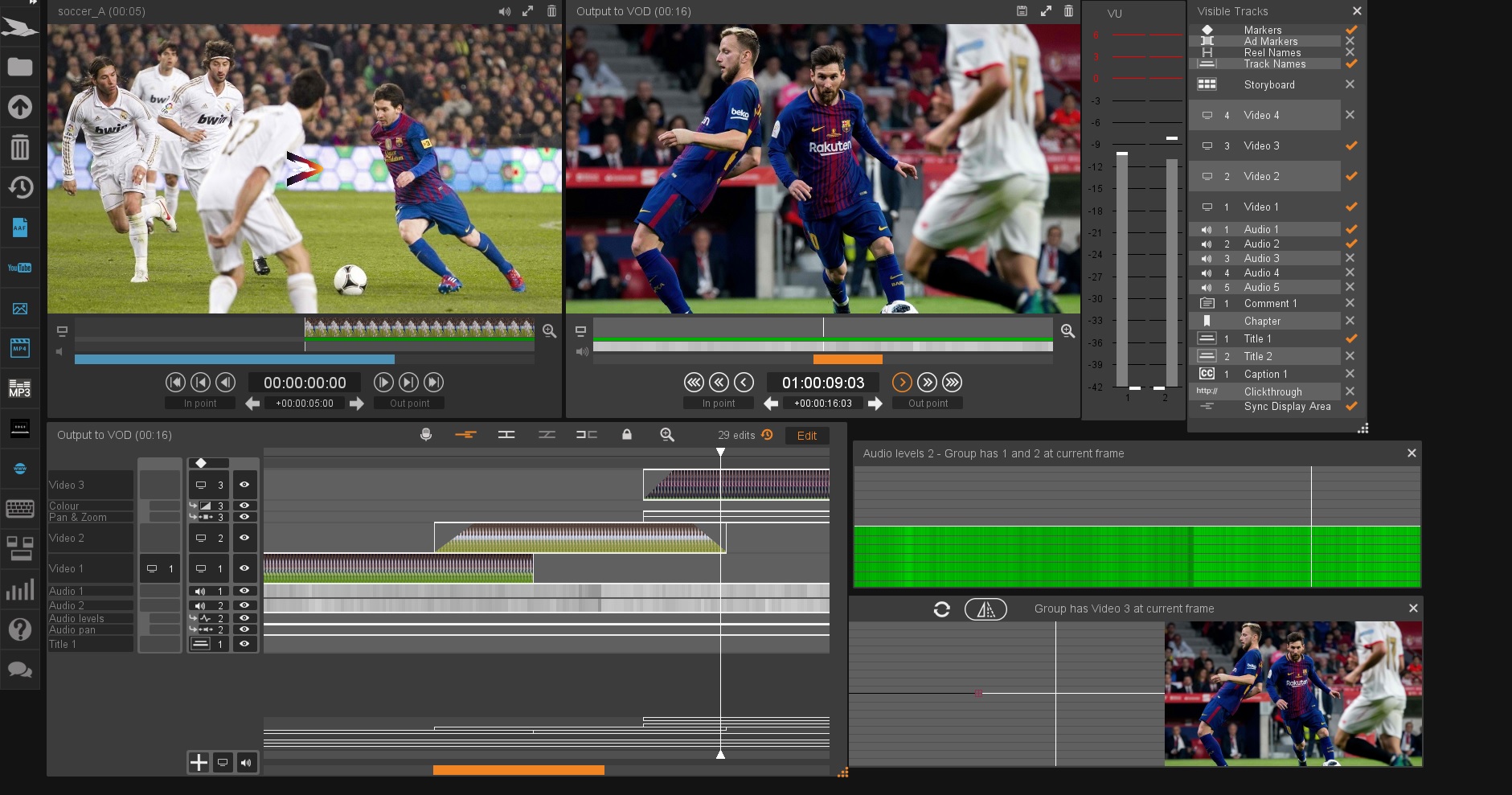
With a video editor in a browser that works with a 2MBit/s connection, Blackbird has some seriously impressive technology
Do you remember when Gmail first arrived? It was a quantum leap for email. All of a sudden, you didn't need to install an email client. You could get to your mail from your office or from an internet cafe on the other side of the world. On any computer. All you had to carry with you was a password. This was, of course, many people's first experience of "the cloud".
Today, video production is moving into the cloud, because the cloud is everywhere. Which means that location doesn't matter any more. In an instant, the world shrinks and people can work together as if they're in the same room.
Except that it isn't exactly like that yet. Internet coverage across the world is patchy, with major cities enjoying fast pipelines while vast areas of the globe have speeds that are hundreds of times slower.
Conventional video compression doesn't work well with slow connection speeds, and pictures quickly break up into a mass of blocky artefacts. The process of squeezing video so tightly that it can pass through narrow pipes makes it harder to unwrap without visible damage. So-called "Long GOP" compression - pretty much a worldwide standard - can make very small video files and low bandwidth streams. But it's difficult to edit, because frames depend on other frames. It makes editing harder than it should be because the processor has to look at several frames at once.

The overall effect of this is latency: delays caused by the system. It's the opposite of what you need for video production. Editing video with high latency is like driving a car with a steering wheel that takes seconds to respond.
A time machine?
Blackbird has developed a codec that's based on an entirely different technology. It's frame-accurate at speeds down to 2 Mbit/s, with extremely low latency. What that means is that it's now possible to edit video remotely as easily as if you were in the same place as your original material.
You could almost call it a time machine: it solves the problem of latency.
The key to Blackbird's speed is that video is converted to the low-latency codec as it's taken into the system. Either from a live feed or from video files, a local computer (Blackbird calls it an "Edge Server") converts incoming video into the Blackbird format and immediately uploads it to the cloud. At this point it's available anywhere in the world. It's a genuinely distributed ecosystem: remote production teams can upload video from a MacBook, making it immediately available worldwide.
We'll come back to the advantages of the Blackbird codec later, but first, Blackbird has another extraordinary advantage: a complete Video Editor that works in a browser.
An editor in a browser
That's remarkable when you consider what's normally needed for editing video: a powerful computer, lots of fast storage, and all kinds of optimisation to ensure smooth video performance.
Blackbird has written an entire editor in JavaScript, the universal language for browsers. And the consequences of this are profound. It means that the full power of a video editor is available on any device that runs a browser. And it doesn't matter if it's Windows, Mac or anything else. And because there are no large video files, there's no need for workstation-level performance. Almost any computing device will work (although it has to be reasonably powerful: editing is a demanding task, even in a browser - even on a reasonably powerful Chromebook.
Blackbird has two versions of its editor: Ascent: a simple to use editor for selecting clips and publishing them as quickly as possible, and Forte: a more fully featured editor that can be used, for example, to clip and assemble highlights within seconds of them being ingested.
Both editors work directly from the cloud without delays. They're responsive and frame accurate.
A media player that's based on the same code allows viewers to scrub and clip video with the same responsiveness as an editor.
New Technology
Blackbird has some fundamentally different technology that solves the problems of latency and accuracy in remote editing. Right now, the company is focusing on the specific challenges of editing and delivering video remotely for applications that need an almost immediate response - like live sports, for example. The Blackbird platform includes automatic delivery to social media and clips from live video can be posted within a few seconds live events.
It's a new kind of video production and one that's ideal for today's demand for instantaneous coverage. It's niche, but potentially a very big niche.
Blackbird isn't a new startup. Some of the technology has been around for a few years, and is being continuously developed. The company has a wide and established client base, including Australia's National Rugby League.
It's certainly worth keeping an eye on Blackbird. It's an intriguing mix of fundamentally different technologies.